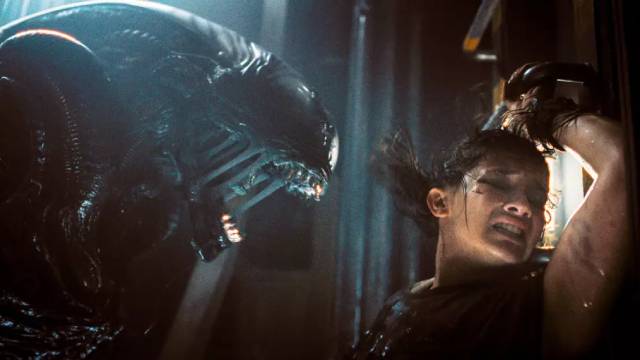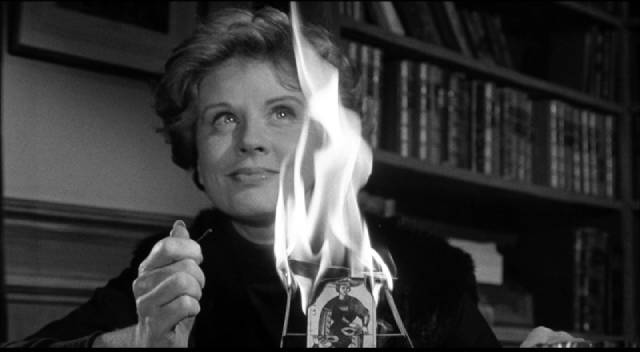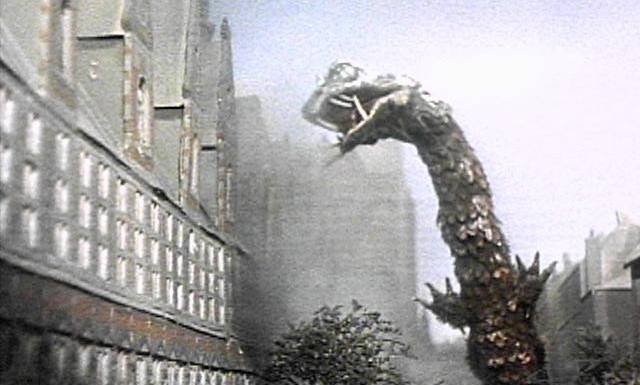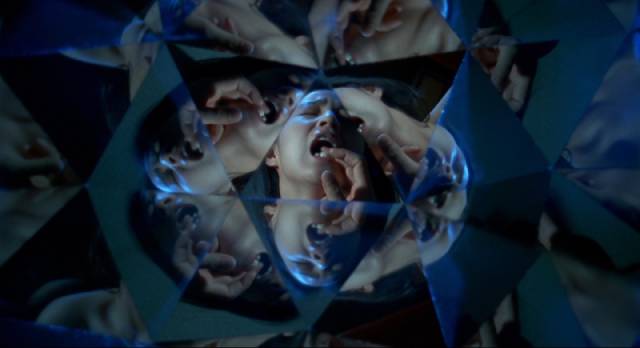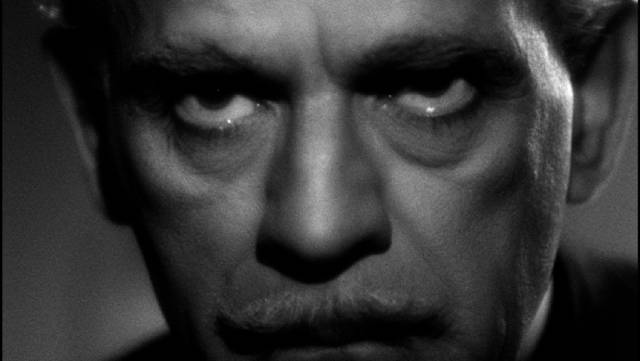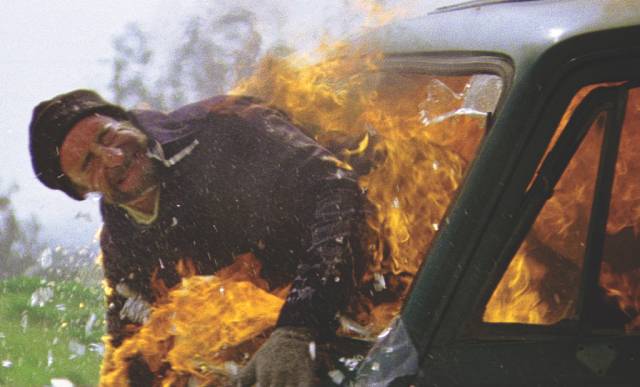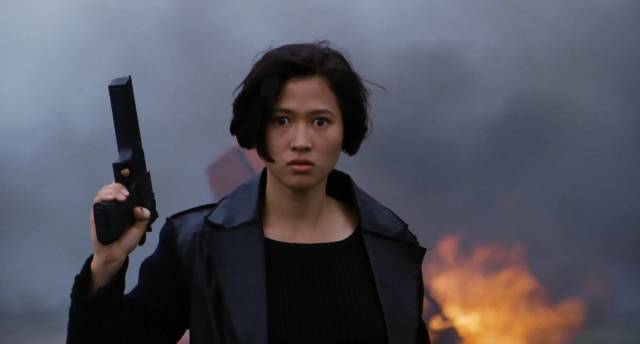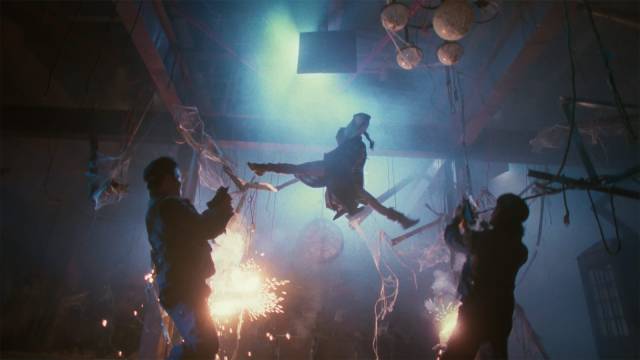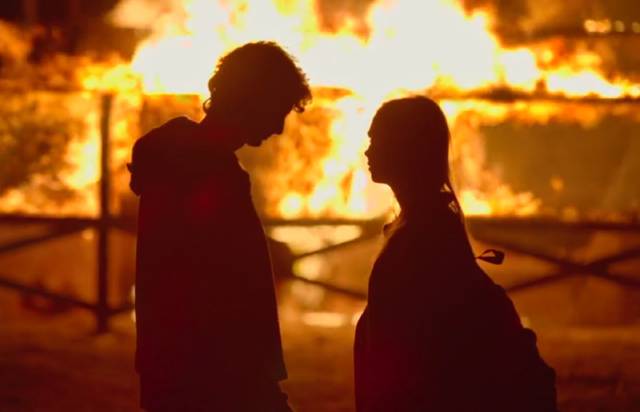
I don’t get out to a theatre very often these days, so my choices of what to see are more judicious than they used to be, generally the work of directors I’m particularly interested in. The one dud is the latest superfluous entry in a franchise I’ve quite liked – Wes Ball’s Kingdom of the Planet of the Apes – but the rest have been satisfying to some degree: George Miller’s latest apocalyptic action epic, Furiosa; M. Night Shyamalan’s Trap, which as usual I liked in contrast to the predictable critical derision: MaXXXine, the conclusion of Ti West’s trilogy starring Mia Goth: and the small Canadian drama The Burning Season by sometime Winnipegger Sean Garrity.
